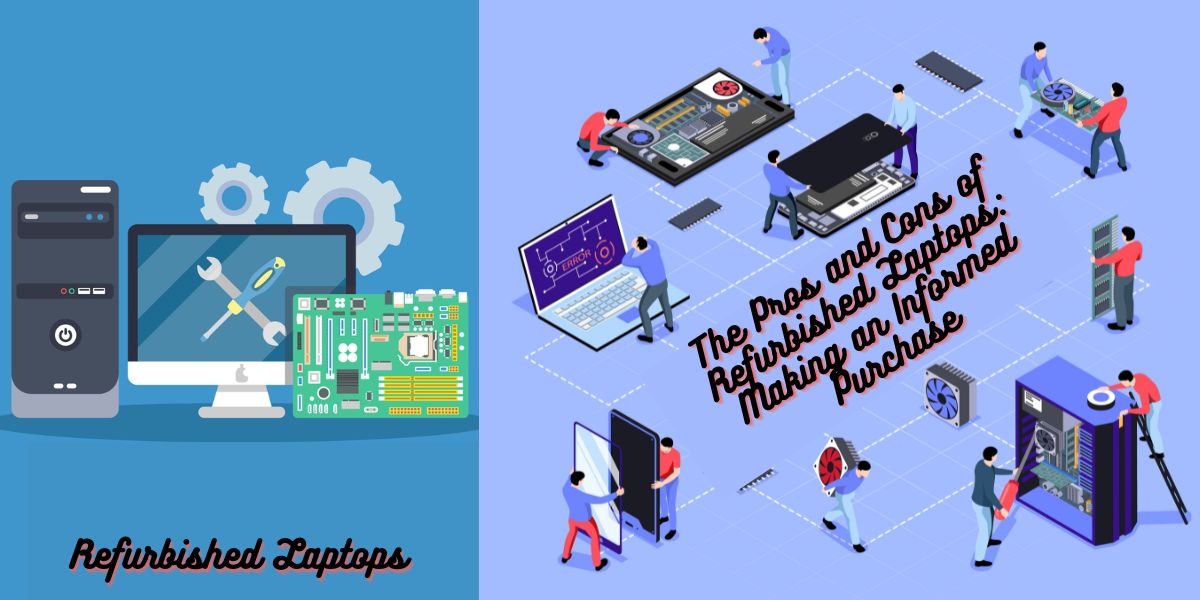Implementing payroll software in your business is a critical step toward streamlining payroll processes, ensuring accuracy, and improving overall efficiency. However, adopting new software can be a complex endeavor. To make the transition as smooth and effective as possible, it’s essential to follow best practices. This article will provide a comprehensive guide on the best practices for implementing payroll software in your business, covering everything from selecting the right software to training your team and monitoring the system post-implementation.
1. Understanding Your Business Needs
Before diving into the selection and implementation of payroll software, it’s crucial to thoroughly understand your business’s unique needs. Not all payroll software solutions are created equal, and what works well for one company may not be suitable for another. Here’s how you can start:
- Assess Current Payroll Processes: Begin by evaluating your existing payroll processes. Identify areas that are inefficient, prone to errors, or time-consuming. This will help you understand what you need from payroll software and set clear goals for what you want to achieve.
- Consider Employee Size and Growth: The size of your company and its growth projections play a significant role in choosing the right software. A small business may need a simple solution, whereas a larger company with hundreds of employees may require a more robust system that can scale.
- Compliance Requirements: Different regions have various tax laws and labor regulations. Ensure that the payroll software you choose is compliant with the local, state, and federal regulations applicable to your business. Non-compliance can lead to severe penalties and legal issues.
- Integration with Other Systems: Payroll doesn’t operate in a vacuum; it needs to integrate smoothly with other systems like HR, accounting, and time-tracking software. Consider how well the payroll software can connect with your existing systems.
2. Choosing the Right Payroll Software
Once you have a clear understanding of your business needs, the next step is to choose the right payroll software. The selection process is critical because the software you choose will directly impact the efficiency of your payroll processes.
- Research and Compare Options: Take the time to research different payroll software options. Look for software that meets your specific needs, has good reviews, and comes from a reputable provider. Compare features, pricing, customer support, and user experience.
- Consider Cloud-Based Solutions: Cloud-based payroll software offers several advantages, including accessibility from anywhere, automatic updates, and scalability. These solutions are especially beneficial for businesses with remote teams or those planning for future growth.
- Evaluate the User Interface: The software’s user interface (UI) should be intuitive and easy to navigate. A complicated UI can lead to errors and reduce productivity. Many providers offer free trials, so take advantage of these to see how user-friendly the software is.
- Scalability: Choose a payroll system that can grow with your business. It should be able to handle an increasing number of employees, adapt to new regulations, and integrate with additional tools as your company expands.
- Support and Training: Good customer support is essential, especially during the implementation phase. Check if the software provider offers comprehensive training resources and customer support to assist you in case of issues.
3. Planning the Implementation Process
Successful implementation of payroll software requires meticulous planning. A well-thought-out plan ensures that the transition is smooth and minimizes disruptions to your business operations.
- Set Clear Objectives and Milestones: Define what you want to achieve with the new payroll software and set measurable goals. Break down the implementation process into stages, each with specific milestones, to keep the project on track.
- Assign a Project Manager: Designate a project manager to oversee the implementation process. This person will be responsible for coordinating with the software provider, managing the internal team, and ensuring that the project stays on schedule.
- Create an Implementation Timeline: Develop a realistic timeline that accounts for all stages of the implementation process, including data migration, system configuration, testing, and training. Ensure that the timeline allows for flexibility in case of unforeseen challenges.
- Test the Software Before Full Deployment: Before rolling out the software company-wide, conduct a pilot test with a small group of employees. This allows you to identify and resolve any issues before they impact the entire organization.
4. Data Migration and System Configuration
One of the most critical stages in implementing payroll software is data migration and system configuration. Properly handling this phase ensures that your new software runs smoothly and accurately from day one.
- Data Cleaning: Before migrating data from your old system to the new software, clean the data. Remove duplicates, correct errors, and ensure that all information is up-to-date. Accurate data is vital for smooth payroll processing.
- Map Out Data Fields: Make sure that the data fields in your current system match those in the new payroll software. This mapping is essential to ensure that data is transferred correctly and that there are no discrepancies in payroll processing.
- Conduct a Test Migration: Before finalizing the data migration, perform a test migration to check for any issues. This test will allow you to identify potential problems and correct them before the official migration.
- System Configuration: Configure the payroll software according to your business’s specific needs. This includes setting up payroll cycles, tax information, employee classifications, and other relevant settings. It’s essential to get these configurations right to avoid issues down the line.
5. Training Your Team
Even the most user-friendly payroll software requires training. Ensuring that your team is comfortable with the new system is key to a successful implementation.
- Develop a Training Program: Create a comprehensive training program tailored to different user roles. For example, payroll administrators might need more in-depth training compared to regular employees who only need to access their payslips.
- Utilize Vendor Resources: Most payroll software providers offer training resources such as tutorials, webinars, and user manuals. Take advantage of these resources to supplement your training program.
- Hands-On Training: Offer hands-on training sessions where employees can practice using the software in a controlled environment. This practical experience helps to reinforce what they’ve learned and builds confidence in using the new system.
- Ongoing Support: Provide ongoing support to your team after the initial training. Be available to answer questions and resolve issues as they arise. Consider setting up a helpdesk or dedicated support channel during the initial phase of implementation.
6. Monitoring and Continuous Improvement
The implementation of payroll software doesn’t end once the system is up and running. Continuous monitoring and improvement are essential to ensure that the software continues to meet your business needs.
- Monitor Performance: Regularly review the performance of the payroll software. Monitor key metrics such as processing times, error rates, and user satisfaction. This will help you identify any issues early and address them promptly.
- Gather Feedback: Collect feedback from your employees and payroll administrators. Their input can provide valuable insights into how the software is performing and highlight areas for improvement.
- Regular Updates: Payroll software providers frequently release updates to improve functionality and ensure compliance with new regulations. Stay on top of these updates and implement them as soon as possible to keep your system running smoothly.
- Audit and Review: Conduct regular audits of your payroll system to ensure accuracy and compliance. Periodic reviews help to identify potential risks and prevent errors from becoming systemic issues.
7. Ensuring Compliance and Security
Compliance and security are two of the most critical aspects of payroll management. Implementing payroll software provides an opportunity to enhance both.
- Stay Compliant with Regulations: Payroll software must comply with all relevant labor laws, tax regulations, and data protection laws. Ensure that the software you choose is designed to keep up with regulatory changes automatically.
- Data Security: Payroll data is highly sensitive and requires robust security measures. Ensure that the software provider follows best practices in data encryption, access control, and regular security audits. Additionally, train your staff on the importance of data security and implement strict access controls.
- Backup and Disaster Recovery: Implement a backup and disaster recovery plan for your payroll data. Regularly back up your data and ensure that it can be restored quickly in case of a system failure or data breach.
8. Leveraging Payroll Software for Strategic Decision-Making
Beyond processing payroll, the data generated by payroll software can be a valuable asset for making strategic business decisions.
- Analyze Payroll Data: Use the software’s reporting and analytics features to gain insights into labor costs, overtime, employee turnover, and other key metrics. These insights can help you make informed decisions about workforce management, budgeting, and resource allocation.
- Integration with Business Intelligence Tools: Consider integrating your payroll software with business intelligence (BI) tools to enhance data analysis capabilities. This integration can provide a more comprehensive view of your business and help you identify trends and opportunities.
- Forecasting and Planning: Payroll data can be used to forecast labor costs and plan for future growth. Use the software to create scenarios and assess the financial impact of hiring new employees, increasing wages, or implementing new benefits programs.
Conclusion
Implementing payroll software in your business is a significant step toward enhancing efficiency, ensuring compliance, and making data-driven decisions. By following the best practices outlined in this article—understanding your business needs, choosing the right software, planning the implementation process, training your team, and continuously monitoring the system—you can ensure a smooth transition and long-term success. Payroll software is not just a tool for processing paychecks; it’s a strategic asset that can contribute to the overall growth and success of your business.


